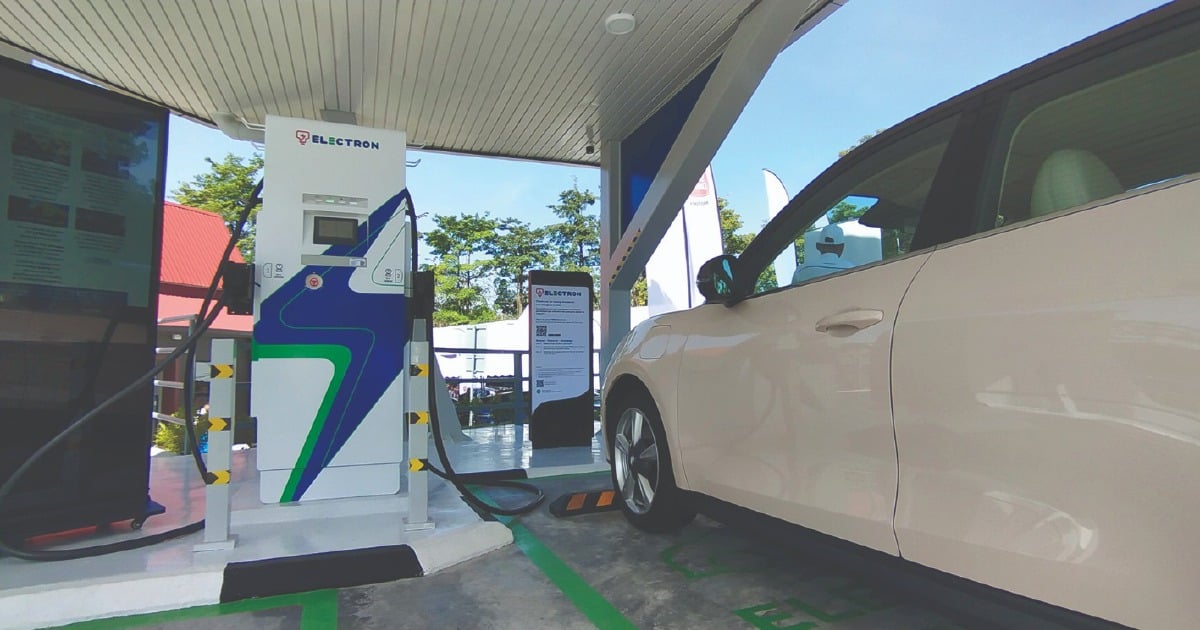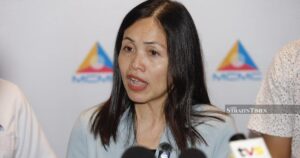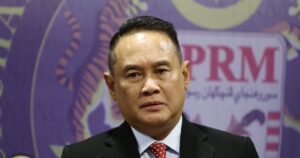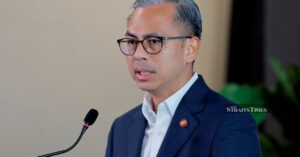KUALA LUMPUR: When Nadirah Idris bought her first electric vehicle (EV) last month, she looked forward to quieter drives and skipping petrol stations.
But her first trip beyond Kuala Lumpur raised a common fear for new EV owners: would the battery last the distance, or would she end up stranded before the next charger?
That worry, often called “range anxiety”, has slowed many drivers from taking their EVs on long journeys.
City charging is becoming easier, but highway travel has remained uncertain.
“I was nervous about going further than the Klang Valley. I had to keep checking apps to see where chargers might be, and even then, I wasn’t sure if they would work. That was my biggest fear… being stuck halfway,” said Nadirah.
Surveys in 2024 confirmed that Malaysians’ main concern is still charging access.
The EY Mobility Consumer Index 2024 reported that drivers have low confidence in charger availability and maintenance, while the ISEAS–Yusof Ishak Institute’s 2024 study warned that with only about 1,500 chargers installed by January, the country was lagging far behind its 2025 goal of 10,000.
These findings echo what many first-time EV owners experience, but concerns are beginning to ease as Malaysia’s highway network adapts to the rise of EVs.
PLUS Malaysia Bhd (PLUS), which operates the North-South Expressway and the East Coast’s LPT2, has installed 112 fast-charging points across its highways, reaching its 2025 target a full year ahead of schedule.
Located at Rest and Service Areas (R&Rs) and petrol station compounds, the chargers are spaced at roughly 100km intervals from Johor to Kedah.
Charging pauses are also blending into the rhythm of highway travel. Drivers often use the break to stretch, pray at the surau, have a meal or coffee, or rest in shaded seating areas.
“All EV charging points on PLUS and LPT2 highways are Direct Current Fast Chargers (DCFC), designed specifically for long-distance travel.
“They deliver between 47kW and 200kW, enabling most vehicles to reach 80 per cent charge in 15 to 30 minutes, depending on the model and battery level.
“Every charger uses a universal CCS2 connector, compatible with most major EV brands,” said PLUS chief commercial officer Mohd Fauzi Puniran.
The expansion is aligned with Malaysia’s broader ambitions. The country is targeting 10,000 charging points by 2025 under the Low Carbon Mobility Blueprint (2021-2030), the Green Technology Master Plan Malaysia (2017–2030) and the National Energy Transition Roadmap.
PLUS’ contribution helps ensure intercity routes are part of this infrastructure, not just urban centres.
Meanwhile, PLUS has pledged to cut greenhouse gas emissions by 35 per cent by 2030 and several stations are already piloting renewable solutions.
At Restoran Jejantas Ayer Keroh, solar rooftops supply power to the chargers, while Battery Energy Storage Systems (BESS) have been deployed at lay-bys in Senawang and Behrang to manage demand more efficiently.
Each new station brings highway EV travel closer to being as routine as refuelling.
With chargers now embedded along the country’s busiest routes, long-distance journeys are shifting from anxious planning to confident travel and pointing the way towards a greener transport future.
“I remember borrowing a petrol car to avoid long trips in the EV because I wasn’t sure there would be chargers. I no longer worry. It feels like driving an EV is finally practical for balik kampung. I can now plan my stops and enjoy the trip,” said Ashraf Wong from Shah Alam, who has been driving an EV for more than a year.
© New Straits Times Press (M) Bhd






